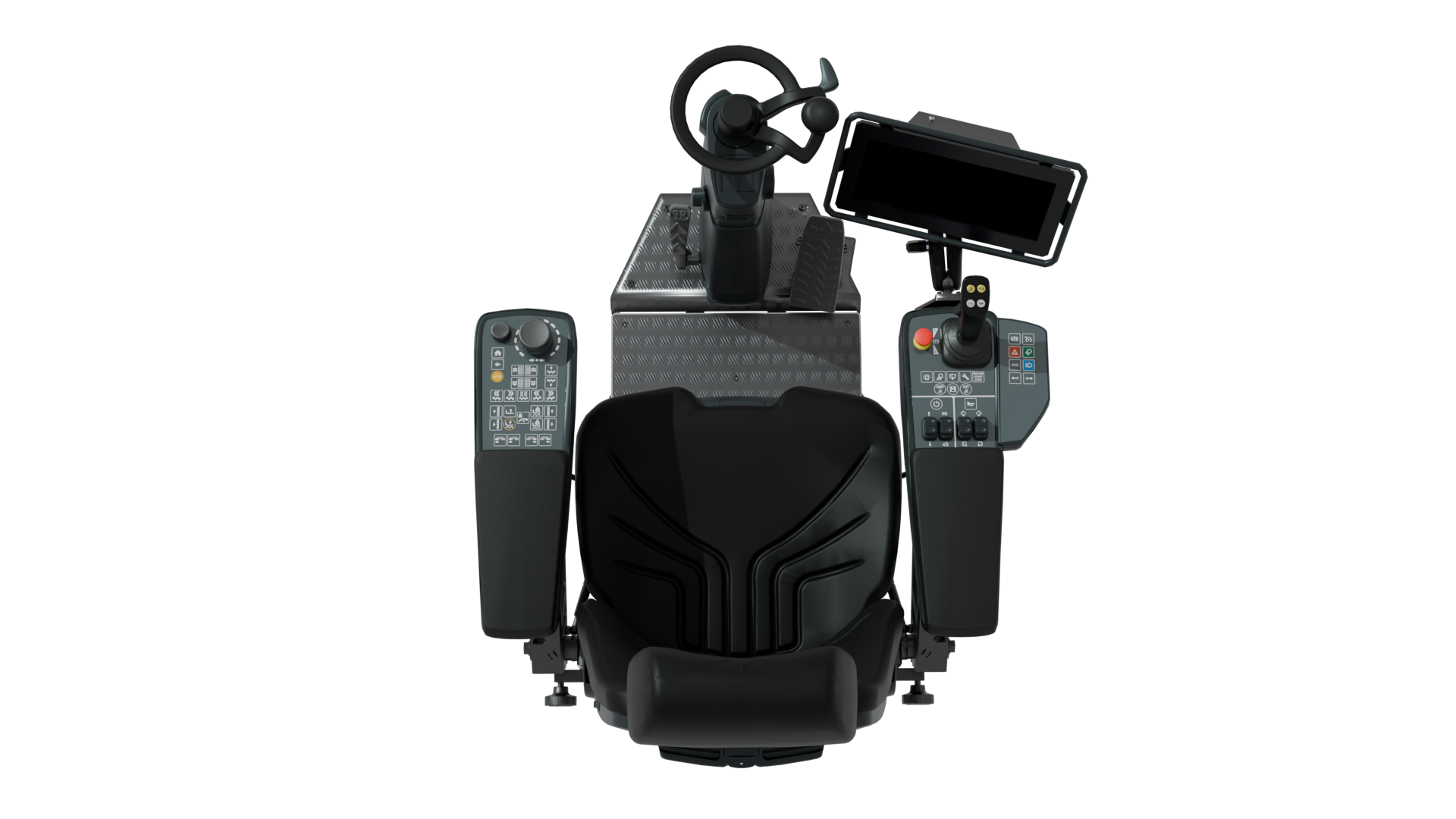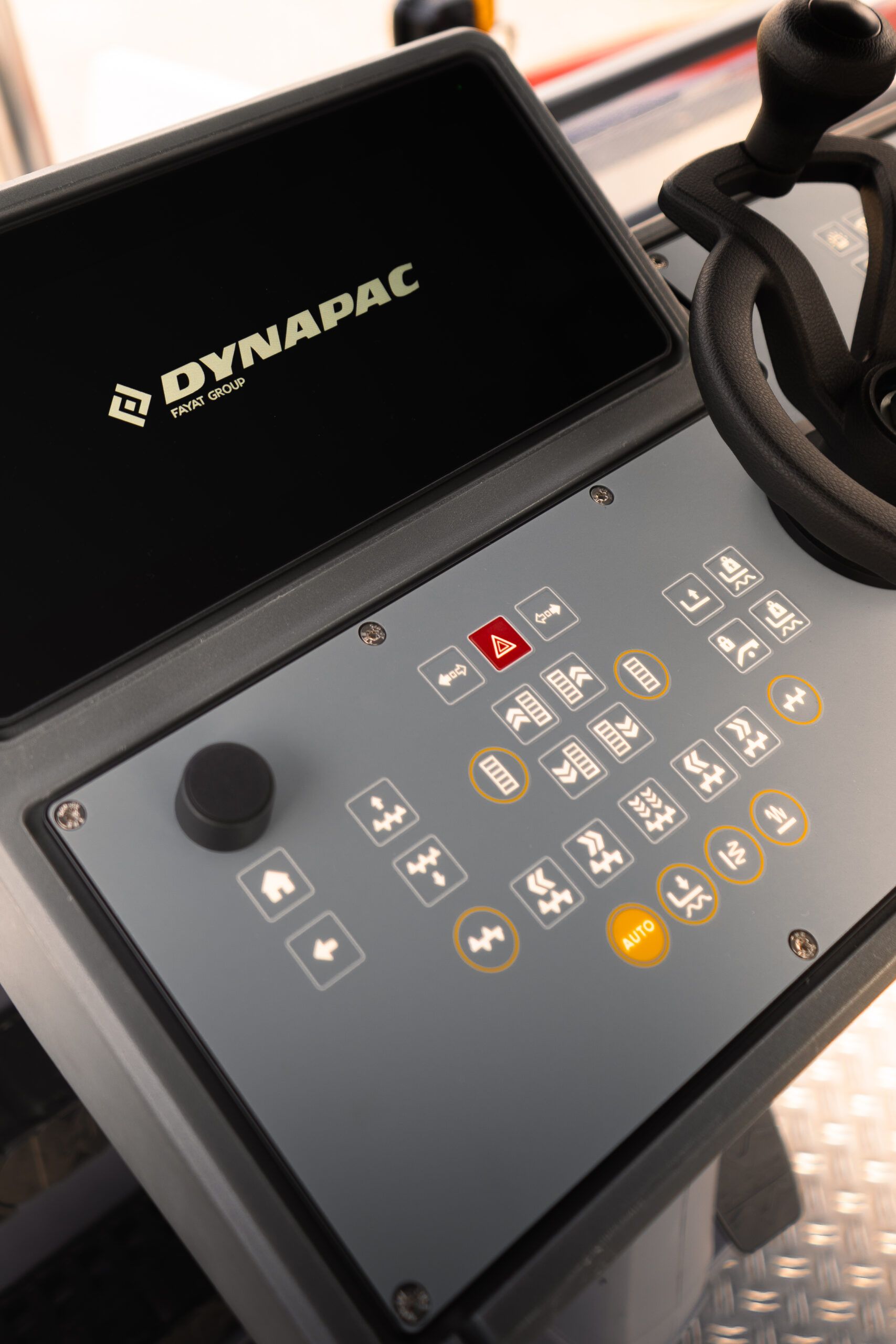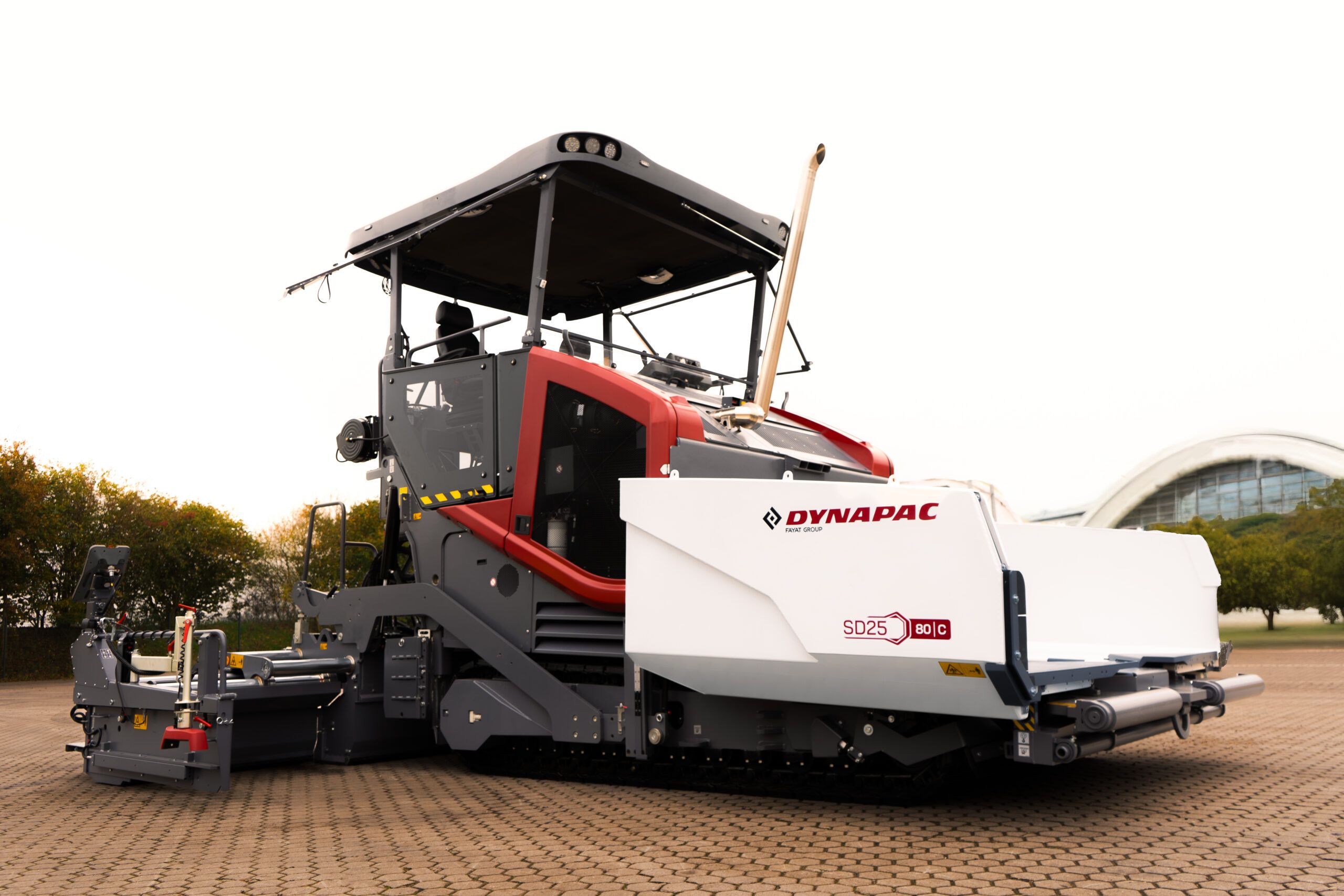Human-machine interfaces (HMIs) should adapt quickly to evermore advanced automobile capabilities whereas remaining clear and intuitive. Skilled designers within the discipline talk about the challenges and reveal a few of their present and proposed options
As human-machine interfaces (HMIs) evolve, a stability have to be struck between technological development and sensible usability – simply because a management panel is state-of-the-art doesn’t imply it routinely creates essentially the most intuitive system. As an alternative, OEM designers should weigh up the competing calls for of innovation, security, and operator effectiveness.
The off-highway industrial automobile sector is seeing a big development towards bigger display sizes, pushed by each the rising affordability and the rising have to current extra advanced machine info.
“Alongside bigger screens, there’s a necessity for bigger graphics which provide a transparent view of related particulars,” says Herman Oberoi, senior portfolio supervisor for shows at Danfoss Energy Options, explains “Gauges are an excellent instance the place readability is necessary.”
Bigger screens additionally imply there is a chance to chop down on the variety of shows in a cab, with ‘display litter’ a well-recognized drawback for designers and operators alike. “Area administration in new cabin designs is one other affect,” says Oberoi. “There’s a want to point out consolidated, but extra detailed, info on greater screens at one look.”
Chopping down on litter isn’t the one good thing about display consolidation, it additionally creates the chance to create higher management methods. “In a contemporary excavator, you possibly can simply have 4 totally different shows within the cabin, and even if in case you have nice UI or UX in a single show, you continue to have 4 shows,” says Petri Moisio, CEO of Novatron, a Finnish expertise firm specialising in automation and machine management for building.
Utilizing only one display creates a chance to standardise UX, which may create challenges for specialised capabilities. “Off-highway instruments aren’t legislated or standardized as a lot as business units like automobiles,” says Moisio. “Each single automotive has the identical image for the gasoline tank and gasoline ranges and turning indicators. However for those who take a look at off-highway machine management methods, they’re fairly closely regionalized.”
Whereas pushing for standardisation designers want to stay alive to the danger of alienating operators with modifications they don’t perceive, even ones which might be seemingly insignificant. “Our founder made a second-generation system with two buttons as an alternative of 1,” says Moisio. “The suggestions from clients was that this product was terrible – ‘I don’t know how you can use it,’ they mentioned. ‘There are two buttons as an alternative of 1’.”
“In a contemporary excavator, you possibly can simply have 4 totally different shows within the cabin, and even if in case you have nice UI or UX in a single show, you continue to have 4 shows”
OEM HMI

Highway-building machine OEM, Dynapac had the discount of display litter and likewise the enhancement of person expertise very a lot in thoughts when it developed a totally new HMI centred round its PaveOS for its new vary of SD/XD pavers, which can be launched at Bauma Munich.
Integral to the HMI design is 2, 12in+ widescreen shows, which allow full contact interplay whereas nonetheless sustaining compatibility with conventional controllers. Every display options excessive peak brightness that may be dimmed for low-light operations.
Importantly, Dynapac’s PaveOS has an open-interface structure that signifies that different third-party purposes may be built-in. Break up-screen expertise means a part of every widescreen show is all the time reserved for crucial machine information, whereas the opposite part is absolutely customisable, eliminating the necessity to set up further screens.
“The framework is designed so that you by no means lose focus in your paving job,” says Sönke Demuth head of worldwide product administration for the paving division at Dynapac. “One a part of the display is all the time reserved for software information, whereas the opposite half can be utilized for settings, assistant methods, chook view digital camera methods, or no matter else you want.”
Widgets, fast hyperlinks and machine capabilities may be freely assigned on the house display in line with private preferences. “Throughout our analysis, we seen that folks don’t use our machines in the identical manner,” says Demuth. “So we created widgets on the show that the operator can select, and interplay factors may be custom-made in line with particular person person preferences.”
Furthermore, all information can simply be offloaded from PaveOS for evaluation. “The information may be simply accessed, shared, and used to optimise workflows. It’s your information, and we give you full management over it,” says Demuth.
This new interface represents a whole overhaul of Dynapac’s earlier system, which dated again to 2011. “We wanted to interrupt out of our outdated atmosphere,” says Demuth. “So we began once more from scratch. We wished to rethink it in-depth and create one thing new that’s ready for the long run.”
The brand new Dynapac HMI isn’t solely about screens: all of the XD sequence controls are ergonomically built-in into the driving force’s seat, making certain most consolation and enhanced ahead visibility.
Whereas redesigning methods from scratch is one method to handle issues over a number of screens, within the brief to medium time period and to fulfill the challenges of already embedded HMI, MTA has developed and put in the marketplace a system geared toward agricultural equipment, referred to as AgriSic. It’s an clever central unit, in a position to drive totally different shows, enhancing security and price effectivity. “Agrisic permits for the mixing of compact and small shows with out compromising performance,” says Ivan Dal Santo, digital enterprise unit director for MTA “With specialised agriculture functionalities seamlessly built-in, it empowers automobiles to handle advanced companies and capabilities concurrently. Leveraging the most recent connectivity applied sciences, the system ensures effectivity, reliability, and sturdiness whereas delivering top-tier reception.”
“One a part of the display is all the time reserved for software information, whereas the opposite half can be utilized for settings, assistant methods, chook view digital camera methods, or no matter else you want”
Controlling autonomy

Because the off-highway trade strikes towards better automation, human oversight stays essential to most methods, which means HMI should adapt to offer not solely an efficient technique of management, but additionally a manner for customers to supervise operations.
“Even throughout autonomous operations there are a variety of various security concerns that require an operator both within the cabin of the machine or close by,” says Oberoi. “Each of those circumstances want an HMI cluster to observe and oversee the machine.”
It’s clear, subsequently, that the development towards automation is starting to vary the very nature of operator roles. “Generally autonomous machines want help from the operators,” says Moisio. “However the perform of the operator can be fully totally different – the operator’s objective could be primarily to oversee the autonomous machine.”
As machines turn out to be more and more automated an entire new HMI problem is rising in sustaining operator engagement. “People want attention-grabbing enter,” says Amber Case, founding father of the Calm Tech Institute, which seems at the most effective methods to create human-centric HMI. “How do you give people who psychological stimulation, in order that they make fewer errors and they aren’t simply babysitting
a display all day?”
Case advocates for what she phrases “pass-through interfaces” – applied sciences that enable customers to give attention to their activity in hand somewhat than the device getting used to do it. “A hammer turns into invisible if you use it. A automotive, if designed effectively, turns into invisible if you drive it.”
Subsequently, the problem for designers of HMIs for autonomous automobiles is to create methods through which people can give attention to the crucial path itself, probably throughout a number of machines, somewhat than merely
watching the machine doing every stage of its job. This might create automobile methods which might be an extension of human will, somewhat than fundamental single-function automatons.

Even on the planet of synthetic intelligence human oversight is more likely to stay crucial. “The world of autonomous performance may actually embrace AI, particularly the place a machine can carry out a activity exactly,” says Mohamed Abd El Salam, senior portfolio supervisor for IoT and Connectivity at Danfoss Energy Options. “As for whether or not AI may be relied upon to make crucial operation choices, this would possibly have to be pushed again to the operator as a suggestion by way of HMIs – it might by no means be executed in a totally autonomous manner.”
“How do you give folks psychological stimulation, in order that they make fewer errors and aren’t simply babysitting a display all day?”
Navigating forward
The way forward for HMI in industrial automobiles lies find the best stability between technological development and sensible usability. This stability should account for regional variations in operator preferences and laws, security necessities, and the altering nature of operator roles.
Some markets and sectors retain a powerful choice for bodily controls over screens. “We see some inclinations to stay with bodily buttons, in addition to CAN keypads on the armrest in some areas and for sure purposes the place security issues are larger,” says Oberoi, of Danfoss Energy Options.
However screens are extra adaptable to future expertise than dials and switches. “The HMI have to be ready for what’s coming sooner or later,” says Diogo Mendonca, product supervisor for microcontrollers at German electronics big Infineon. “That is the advanced problem we have to face.”
Success within the evolution of HMIs requires cautious consideration of the human components which might be at play, the technological capabilities that have to be represented and the security necessities. The objective shouldn’t be merely so as to add extra options or bigger shows, however to create interfaces that improve somewhat than complicate the operator’s capability to carry out their core duties successfully.
This text first appeared within the March problem of iVT


